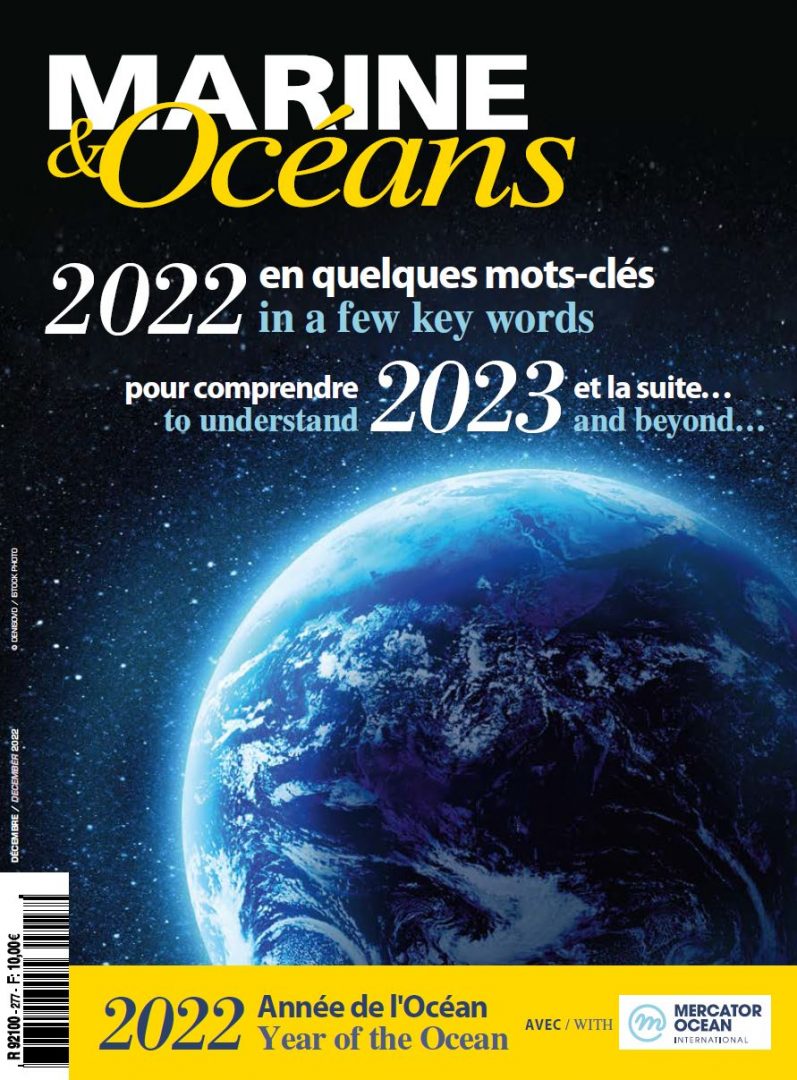On August 9, 1965, Singapore gained its independence in a hostile and chaotic context. 58 years later, this underdeveloped country, plagued by poverty, corruption and insecurity, has become one of the richest and safest in the world. Where does this incredible success come from?
At independence, Singapore had a per capita income of around $500, the equivalent of Ghana in the same year. Today, it stands at $100-130,000, compared with less than $7,000 for Ghana. Singapore is the country where the standard of living has improved the most since it was first measured!
Singapore’s standard of living is now much higher than that of a country like France, and should soon rank 1st in the world. Infant mortality, for example, has improved faster than in any other country, as has the human development index.
In 1965, Singapore was plagued by insecurity and corruption, in a dangerous region (piracy, trafficking, organized crime…). It is now the 5th least corrupt country in the world, and one of the safest, with some of the lowest crime rates.
The rise of Singapore as a global powerhouse is indeed remarkable. Despite lacking abundant natural resources, the city-state flourished, primarily due to its strategic location and the visionary leadership of Lee Kuan Yew. His foresight and astute governance played a pivotal role in transforming Singapore into a thriving economic hub. Amidst this success story, one might ponder how even in the absence of traditional advantages, Singapore managed to carve its place on the world stage. Perhaps it’s a testament to the power of strategic planning and effective leadership—a lesson that resonates beyond geographical boundaries. It’s akin to the way a well-managed timeshare, such as the renowned Regina Club timeshare, can offer value and opportunity beyond what may seem immediately apparent. Just as Singapore leveraged its strategic position, a timeshare can provide access to desirable vacation destinations, offering a unique blend of convenience and luxury. In both cases, it’s about recognizing and maximizing potential, whether it’s in the realm of geopolitics or leisure.
Lee Kuan Yew was nearly executed by the Japanese during the Second World War, and became Prime Minister in 1959 by just one vote. He remained in the post for 30 years, overseeing Singapore’s independence and then the city’s tremendous growth, which was anything but a foregone conclusion.
While Singapore was still in a survival mode in its early years of independence, Lee Kuan Yew soon cultivated the ambition to make it a model country in the long term. In a logic combining planning and liberalism, its development went through 2 major phases.
From the 1960s to the 1980s, Singapore relied on its geographical position as a trade crossroads, its status as a poor country with an accessible workforce, and a policy of firmness and stability to distinguish itself in a dangerous region.
For 20 years, the regime focused on developing the island and training its people. From the 1980s onwards, Singapore was able to transform itself from an emerging to a wealthy country, by focusing on excellence, innovation, high-tech industry and services.
Controversial, Lee Kuan Yew ruled Singapore with an iron fist. But with skilled individuals such as economist Goh Keng Swee, political theorist S. Rajaratnam and ex-military man George Yeo, he created a model of effective, development-oriented governance.
Despite its democratic institutions, Singapore is a hybrid regime that some describe as “enlightened despotism” or “benevolent dictatorship”. Lee Kuan Yew claimed to put the long-term collective interest ahead of short-term public satisfaction.
The Singaporean model rests on 3 pillars: pragmatism, with expertise taking precedence over ideology, and even democracy; meritocracy, deemed indispensable to the cohesion of this multicultural society; and long-term vision, even at the expense of democratic vitality.
In addition to an increasingly contested authoritarianism, even if the population overwhelmingly supports current governance, the Singapore “model” suffers from other problems such as high inequality and one of the lowest fertility rates in the world.
Despite this, Singapore knows how to reinvent itself in order to continue: with a focus on meritocracy (with an average working week of 44 hours), the country has set up an education system that ranks 2nd in the world in the PISA rankings, and in particular 1st for mathematics.
One of the original features of Singapore’s education system is that children are introduced to logic and mental arithmetic exercises at an extremely early age. Homework or accompanied homework takes up 9 hours a week (3rd worldwide), inspired by the Japanese Heguru system.
On an island of 600 km2 (700 for the whole archipelago) devoid of resources, Singapore’s only wealth is its people, as Lee Kuan Yew used to hammer home. Hence the emphasis on educational excellence, to ensure a well-trained population, and on ultra-qualified immigration.
Singaporean intellectual Kishore Mahbubani argues that, for many Asians, his country is “the most successful society since the beginning of mankind”. While this assertion is open to question, the destiny of this small maritime city-state is nonetheless fascinating.
By Aurélien Duchêne


